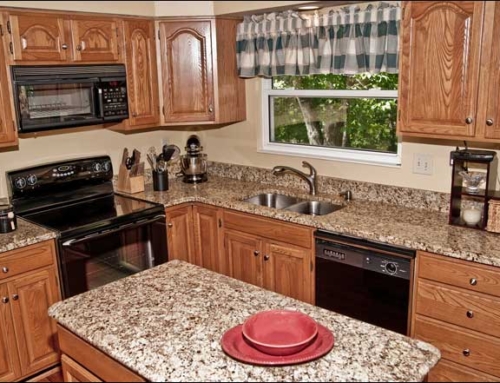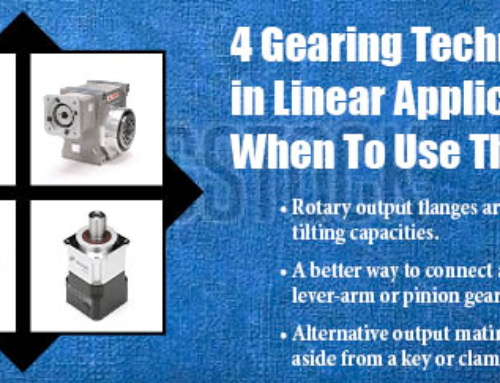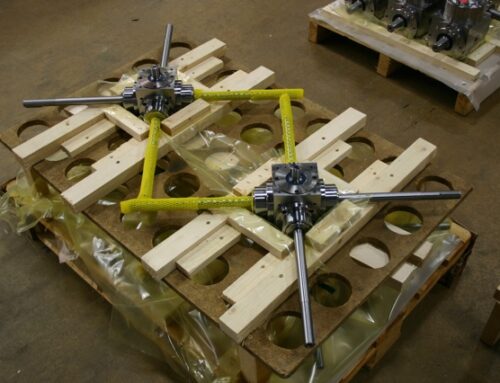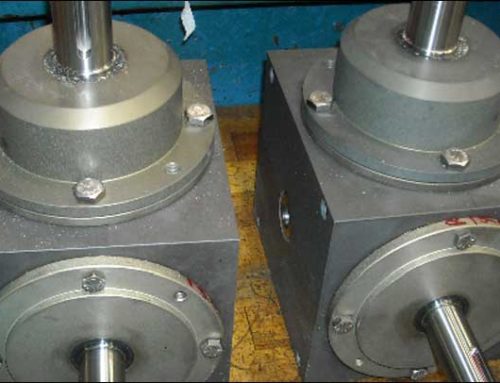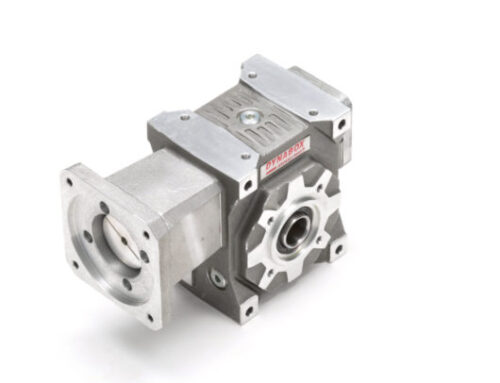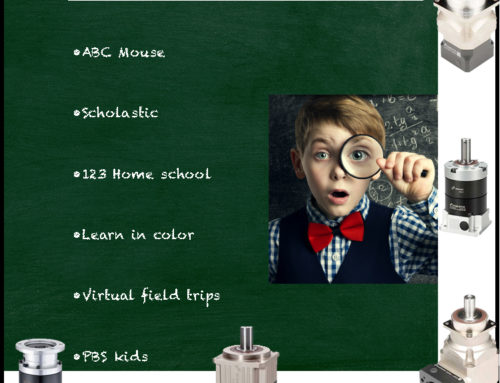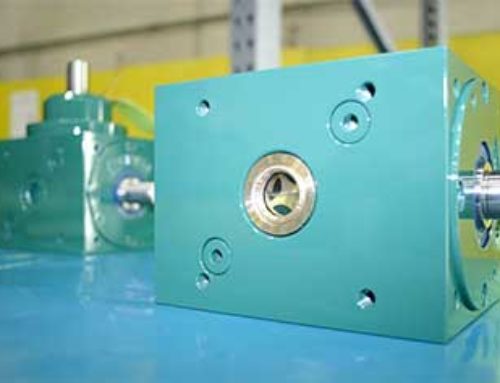There is almost nothing better than to get an inquiry from a new prospect that saw one of our advertisements or product announcements or found us somewhere on the web during a normal search. It means our promotions were working, our message was read loud and clear, and there was someone actively looking to use one of our gearboxes, zero-backlash couplings, or screw jacks.
It gets better when the prospect has checked out the catalog, done his research, and selected a specific model that he wants to discuss or to get a quotation. Unfortunately, that is where things can also start to go wrong. Well, maybe not wrong but certainly not down the optimal path.
One such prospect, really a typical one, contacted us recently looking to replace an existing gearbox, presently bought from a competing gearbox supplier, that was soon to go out of production. It was not such an unusual design but it had a couple of features that enabled the designer to meet particular design criteria. Through his research, he found that we had a similar product and found the one that best matched what he wanted, although it needed a few “tweaks” or customization as we call it.
That wasn’t a problem as a significant percentage of the gearboxes we sell have some level of customization or include standard options not available from other suppliers. So we got down to business discussing how we could achieve the modifications he needed to recreate the box he was now using. It turned out to be a waste of time for both of us.
Why? Because, after going back and forth a few times and calculating the cost to provide the requested solution it was determined it was just too expensive. There was a reason the previous design was being discontinued. Not enough demand. And with only a few pieces being needed, the extra costs of our modifications to a standard design pushed the proposed replacement above the budget.
In our zeal to give the customer what he wanted, we forgot about the real strength we bring to the table as a gearbox supplier. That is to give the customer what he needs. We got sucked down the path of what the customer expressed interest in instead of finding out the bigger picture of what he was trying to accomplish and coming up with a creative solution that improved his design, not just replicated it.
After realizing we had burned up some valuable time and resources we were able to get back on track and find an even better gearbox design, a standard less expensive one, that he could easily integrate with a few mounting structural changes. It satisfied his needs even better than the original gearbox, giving him some performance enhancements he didn’t previously enjoy. Although it had worked, he really had the wrong gearbox in his machine design all along.
How does that happen? One reason is that engineers are smart people. They are analytical and can understand specifications when they read them. In most cases, they know what they want or think they want. The flip side, though, is that they are extremely busy, in charge of more engineering disciplines than ever before, and don’t really have the time to stay on top of all the technical developments or emerging trends.
On the other hand, gearbox suppliers should be the experts on the technology you are searching for. They should know how to apply their products for a successful result and often know the competitive technologies that can achieve similar outcomes. This can be good or bad depending on whether they have your best interest at heart.
So, how can you use your gearbox suppliers to help get the best solution for your conundrum? Here are a few tips:
- Know what you want to accomplish and why.
- Do some basic research on the technology so you are familiar with the terminology and implementation to avoid being sold what they have instead of what you need.
- Let them know your initial opinion on the product you think you need, then ask what they think about it as a solution to your problem.
- Don’t get locked into an idea. Consider that changing complimentary components may lead to a better design.
- Share your must-haves, can’t haves, wants, and “in a perfect world” requirements.
- Ask them for alternative solutions and the reasons for each so you have something to choose from.
When you find a gearbox supplier you can trust, one who anticipates your needs understands your goals, and instills your confidence in their abilities, then stick with him. At least until a more creative one comes along. The times keep changing and technology is right along with it.


